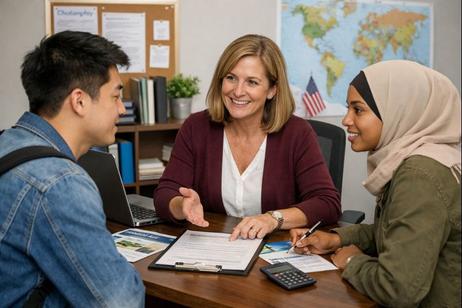Most In-Demand Community College Majors for 2025–26 Workforce Needs
Community colleges sit at the center of America’s workforce pipeline. As industries adapt to automation, healthcare demand, climate priorities, and digital transformation, the most in-demand community college majors are shifting in clear and measurable ways. For the 2025–26 academic year, students and families are increasingly focused on programs that offer strong job placement, stackable credentials, and pathways to bachelor’s degrees.
This guide examines the most in-demand community college majors for 2025–26 workforce needs, drawing on labor projections, employer hiring trends, and enrollment data. It is designed to help students, parents, and educators understand where opportunity is strongest and how community colleges are responding.
Why In-Demand Community College Majors Matter More Than Ever
Rising tuition costs and uncertain labor markets have made return on investment a central concern. The most in-demand community college majors provide a practical solution. These programs typically combine lower tuition, shorter completion timelines, and strong alignment with regional workforce needs.
According to the U.S. Bureau of Labor Statistics, many of the fastest-growing occupations over the next decade require postsecondary credentials but not a four-year degree, making community college pathways especially relevant for 2025–26 workforce needs. Community colleges are also expanding employer partnerships and work-based learning, further strengthening the value of these majors.
Key Criteria Used to Identify the Most In-Demand Community College Majors
To determine the most in-demand community college majors for 2025–26 workforce needs, several factors





















